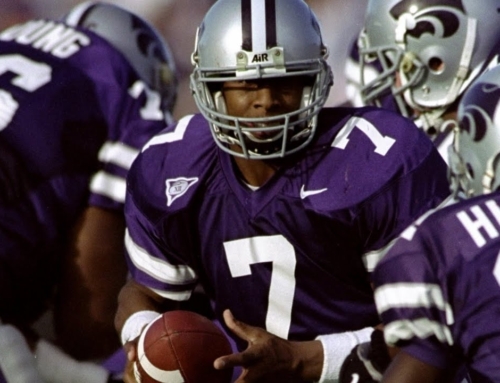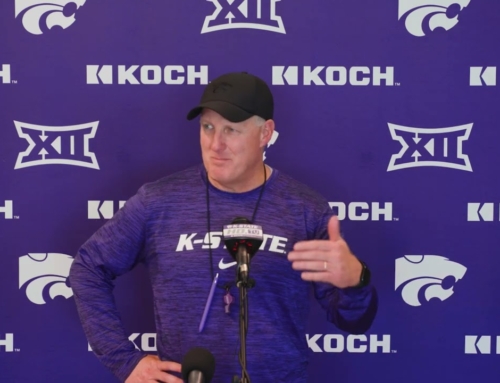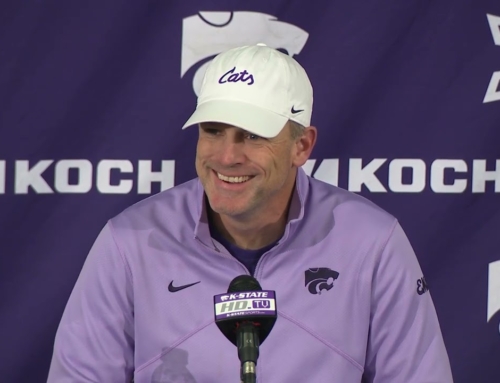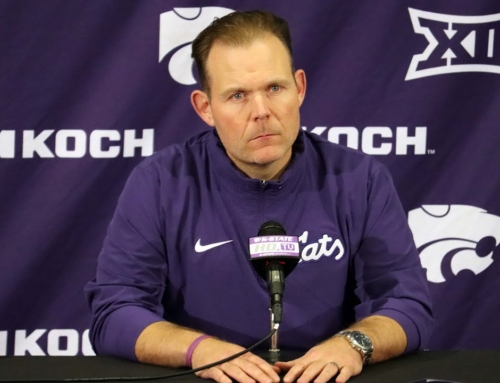
By Pat Melgares, K-State Research and Extension news service
MANHATTAN, Kan. – PBS stations in Kansas City and Wichita will air a 30-minute documentary on prescribed burning in Kansas’ Flint Hills region, highlighting the challenges and benefits of a management strategy that dates back to Native Americans’ care for the land.
The program – Flint Hills Fire Culture: A Legacy of Caring for the Tallgrass Prairie – will be live-streamed on Thursday, March 14. Viewers are encouraged to check local listings for times in their area.
Following the broadcast, the video will be available to view on the Great Plains Fire Exchange website.
Carol Baldwin, a member of K-State Research and Extension’s range management staff, said prescribed fire is a rich part of the history of the Flint Hills region, an area of nearly 4 million acres in central Kansas.
“The harmony between the use of prescribed fire, grassland ecology and people predates European settlement in North America,” Baldwin said. “Great Plains tribes widely used prescribed fire for a multiplicity of purposes that enhanced elements of their physical, cultural and spiritual lives.”
Today, ranchers and other land managers continue to care for the land using prescribed fire, typically burning native grasslands in either the spring or fall as a way to improve the prairie, control weeds and trees, enhance grazing, maintain the ecosystem and reduce the risk of wildfire.
In the 30-minute video that airs on March 14, Kansas rancher Bill Sproll says: “I believe that the grasslands evolved with four major events: One of them is rainfall. One of them is sunshine. One of them is grazers (cattle and bison). And one of them is fire.”
Fellow Kansas rancher Byron Burlingham adds: “The prairie originated and developed with fire as an essential component of its evolution. If we don’t continue to burn the prairie, we won’t have any prairie.”
The documentary takes viewers through the reasons for prescribed burning; the concerns of downwind residents regarding smoke; the care that land managers take to assure safety of land and air; and more. More than 50 Kansas ranchers and others have been interviewed to produce the program.
Baldwin said topics covered in the video provide insight into how a fire culture works, and moves toward defining a fire culture in Kansas.
Fire culture, she notes, is a term used to identify regions of the world where the need for wildland fire and the wellbeing of communities are successfully integrated. It includes consideration of why and how people burn; historical context; ecological impact; economic value; regulations; community acceptance; risk management; and passing along new and traditional knowledge.
The video was produced by the Great Plains Fire Exchange, one of 15 Fire Exchanges in the nationwide Fire Science Exchange network, and part of the Joint Fire Science program.
Baldwin said fire exchanges assist with acquiring and distributing knowledge of wildland fire (which includes both prescribed burning and wildfire) through a variety of methods to help people make better-informed decisions.
“The information doesn’t flow one way,” Baldwin said. “Those participating in the Fire Exchanges provide information, and use information from others, as well as identifying what information they need.”
In addition to the 30-minute video, Baldwin said shorter videos with in-depth content will also be available online. Some topics covered include cooperative burning, public perception, economics, regulations and more.
More information is available online at https://gpfirescience.org, or by contacting Baldwin at 785-532-0416 or carolbaldwin@ksu.edu.
The post PBS stations to air documentary on Kansas prescribed burning appeared first on News Radio KMAN.






